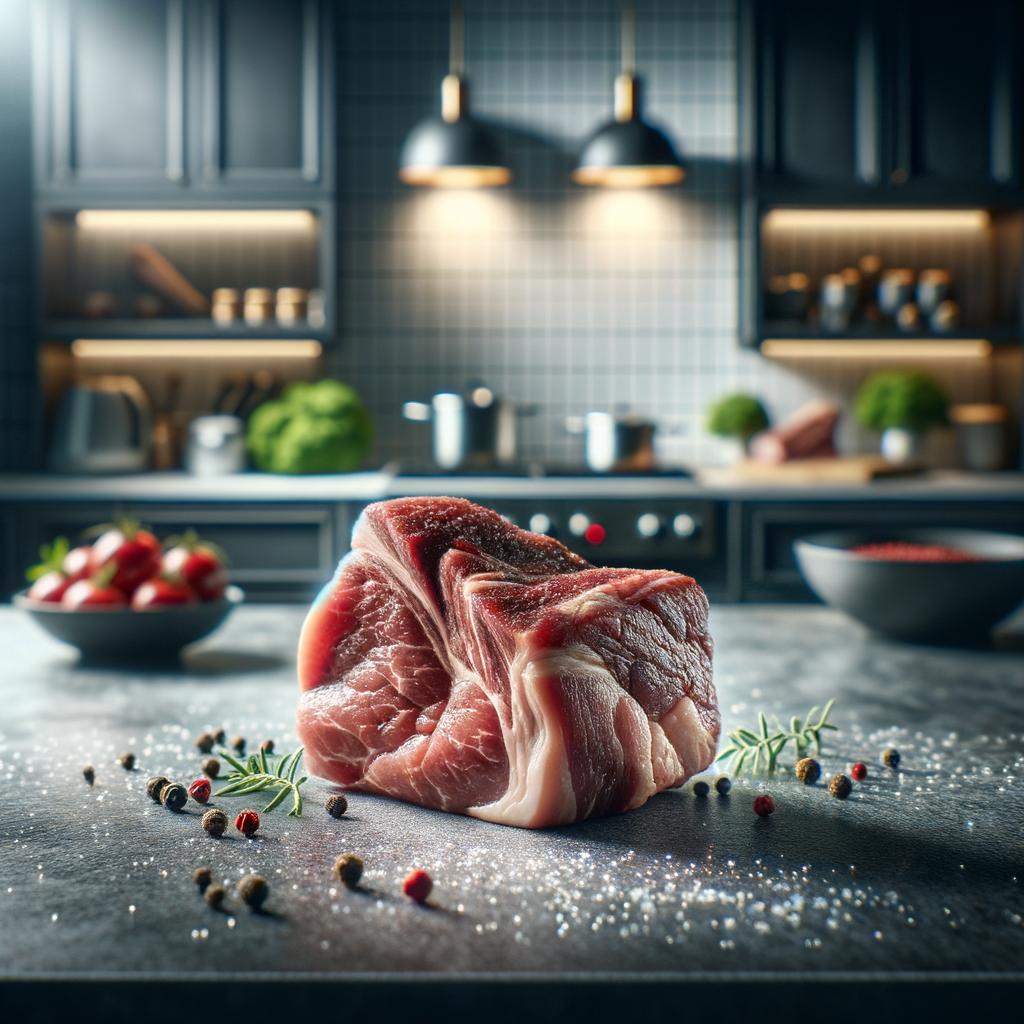Pork or Beef Cheeks

Description
Pork or beef cheeks are a culinary gem that many have yet to discover. They are the literal cheek muscles of a pig or cow, and their constant use by the animal results in a rich, full flavor that is unmatched by other cuts. In appearance, they are small, round, and dark, with a layer of fat that renders down during cooking to create a succulent, melt-in-your-mouth experience. The texture is tender, yet dense, and the flavor profile is deep, meaty, and complex. What sets them apart from other cuts is their incredible marbling, which infuses the meat with a robust flavor and a velvety texture when cooked slowly.
Primary Uses
Pork or beef cheeks are commonly braised in a mixture of vegetables, herbs, and wine, a cooking method that tenderizes the tough muscle and imparts an extraordinary depth of flavor. They are a key component in many traditional dishes around the world, from the Italian 'Guanciale di Manzo' to the Mexican 'Barbacoa de Cachete'. In addition to their culinary uses, some cultures consider cheeks a delicacy and serve them at special occasions as a symbol of abundance and prosperity.
History
The use of pork and beef cheeks in cooking dates back to times when no part of the animal was wasted. In Europe during the Middle Ages, they were a staple in the diet of peasants, who found creative ways to turn this humble cut into hearty, satisfying meals. Over time, cheeks have gained popularity among gourmet chefs for their unique texture and flavor. There are also many folk tales associated with this ingredient. In Spain, it is said that a dish made with cheeks, 'Carrillada', was served to the brave matadors after a successful bullfight as a reward for their courage.
Nutritional Information
Pork and beef cheeks are not only delicious but also nutritionally dense. They are a good source of protein, essential for muscle growth and repair. They also provide a healthy dose of B vitamins, particularly B12, which is vital for brain function. The fat in cheeks is mostly monounsaturated, the same heart-healthy kind found in olive oil. However, like all meats, cheeks should be consumed in moderation due to their high saturated fat and cholesterol content. Compared to other cuts, cheeks offer a higher collagen content, which can contribute to skin health and joint mobility. Their unique combination of taste, texture, and nutrition is what makes pork and beef cheeks a truly remarkable ingredient.

